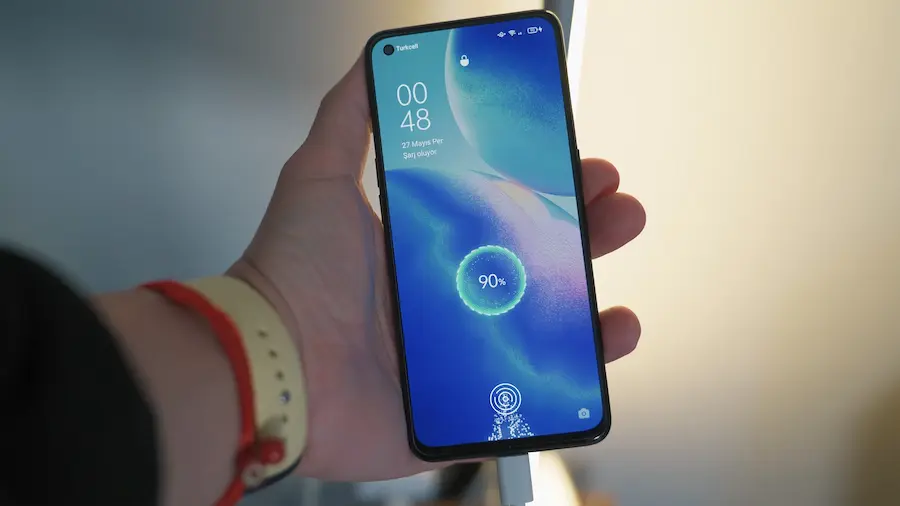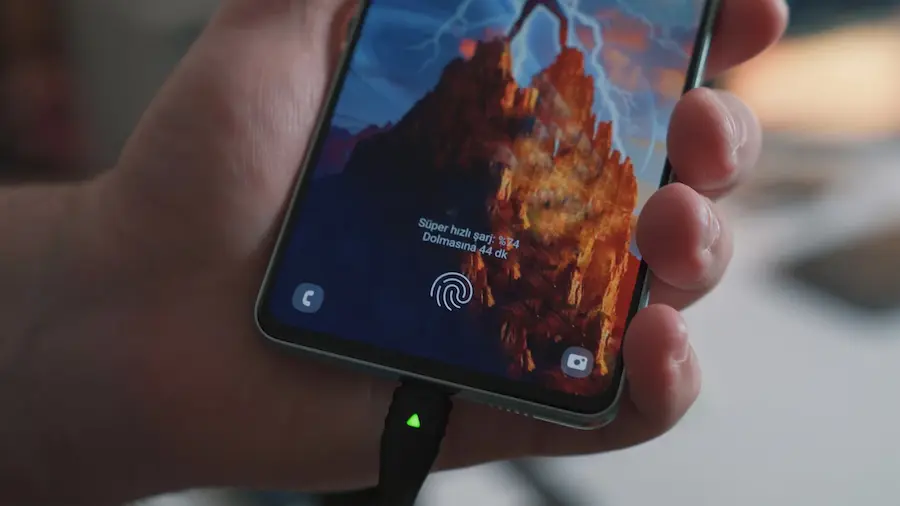If your battery climbs at a snail’s pace just when you’re in a hurry, relax: there are simple and effective ways to speed up charging without resorting to miracle solutions. Want the percentage to go up faster while you grab a coffee? We’ve gathered practical recommendations based on best practices and the experience of technicians who see batteries every day, so you can get the most out of your charger and also preserve battery health in the long run.
Quick tips that speed up charging
The first big trick is as simple as it is powerful: don’t use the device while it’s charging. Letting it rest allows all the energy to go to the battery instead of powering the screen, radios, or apps running in the background. If you can, enable airplane mode or turn it off completely; it won’t magically make the connector deliver more watts, but it will reduce background tasks, and therefore less parasitic consumption means more energy available for charging.
Reduce screen brightness, because it’s one of the biggest battery eaters; in fact, a specialist like Luigi Oppido recommends lowering backlight whenever you want a more efficient charge. It’s also good to close apps you don’t need at the moment, especially if you usually keep heavy tools open; this avoids active processes, constant notifications, and synchronizations that contribute little while you’re plugged in. On laptops or Chromebooks, if you notice autonomy suddenly dropping, check browser extensions that might be working in the background without you noticing.
Another easy advantage is to cool the environment: heat harms batteries, and charging in a cool place helps both to protect the cell and to maintain a more stable charging rate. Also, if you reduce notifications, sounds, and vibrations during charging, you’ll minimize small consumption spikes that, added together, lengthen the time connected. It’s a practical approach, like disabling background processes on a PC so a game or 3D render can use the entire GPU: fewer distractions, more performance.

Cables, chargers and settings that make a difference
Where you really notice a jump is in the cable–charger pair. If you charge from a computer’s USB port, switch to a wall charger, since it usually offers more amperage than a PC USB. Also, not all cables are equal: with USB‑C ports, go for a quality USB‑C to USB‑C cable, and if your charger isn’t USB‑C, check the packaging to ensure the cable supports fast charging or use the manufacturer’s official cable. In short, a good cable is the fast lane where the amps flow; it would be like connecting an SSD via PCIe instead of through a slow adapter.
Also pay attention to the charger’s output current (the amps value indicated on the casing) and choose one with higher capacity if your device supports it. You won’t damage the device by using a more powerful charger than you need, since the device regulates what it draws, but it also doesn’t make sense to pay for extra power you won’t use; check the limit your model supports and you’ll balance cost and result.
Enable the battery optimization features included in the system, because they can speed up practical charging and, above all, extend the cell’s lifespan. On iPhone and iPad, go to Settings > Battery > Optimized Charging, which learns your routines and manages power better. On Samsung Galaxy phones, go to Device Care > Battery to enable Power saving and Battery protection. And on “stock” Android, look in Settings > Battery > Charging optimization, where you can enable options like “Limit to 80%” or “Use charging optimization”. These tools are not marketing: they limit unnecessary peaks and reduce time at 100%, which is precisely when the battery chemistry suffers most.
Take care of the battery: habits and warning signs
To make the plan complete, pair it with good habits. Avoid leaving the phone plugged in forever once it reaches 100%, because that permanence can accelerate degradation; it’s better to unplug when charging is complete. Lithium-ion batteries are preserved better with frequent charges and avoiding extreme drops, so it’s advisable not to let them fall below 20%, keep them above 50% when possible, and generally avoid forcing continuous full cycles from 0% to 100%. If you charge overnight, try enabling optimization features or limiting to 80% so the device doesn’t spend hours “topped off.”
If lately the battery seems to perform worse, there can be several causes: maybe you use more or more demanding apps (3D games, video streaming or video editing are naturally hungry), perhaps you need a system update to gain efficiency, or the battery is simply aging. It’s normal for it to perform at 80% or more for two to three years, and after that it starts losing capacity. Signs that something is wrong include having to charge several times a day, failing to complete a charge, unexpected shutdowns or an overall slower performance.
And what if the battery is “worn”? In older devices it was common to replace it easily, while in many current phones and laptops replacement is not trivial; even so, a service center can replace it, although bear in mind it could affect the warranty. To avoid trouble, plan your charges to have the device ready when you need it, keep a cable in the car or at work, and consider a power bank if your device is one of those that drinks the battery. These are simple gestures that, combined with the tricks above, will give you that “turbo mode” feeling when you plug in, like when a CPU activates its boost and you feel the push instantly.
.

